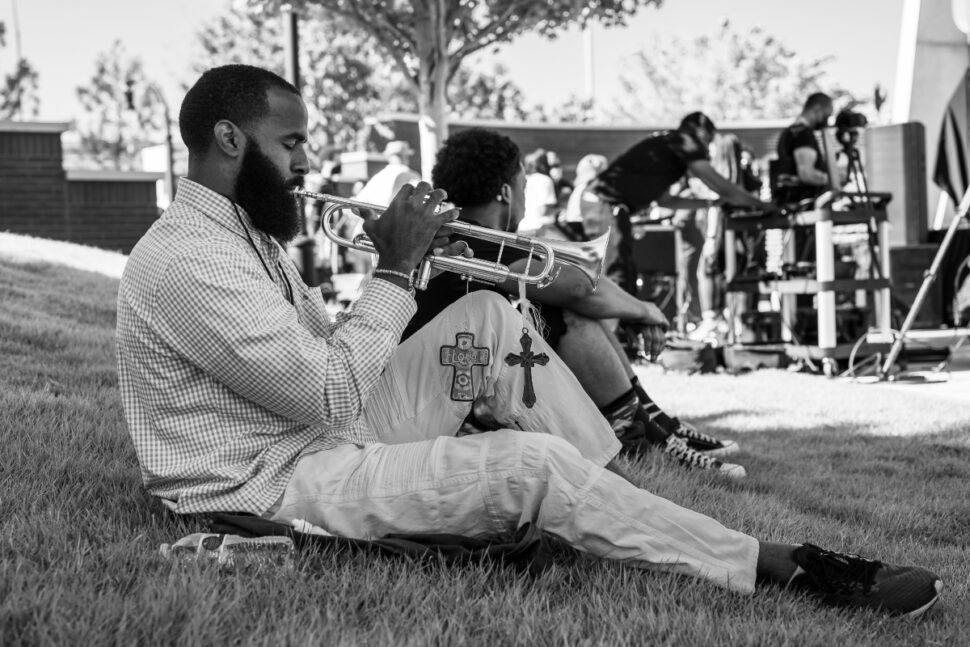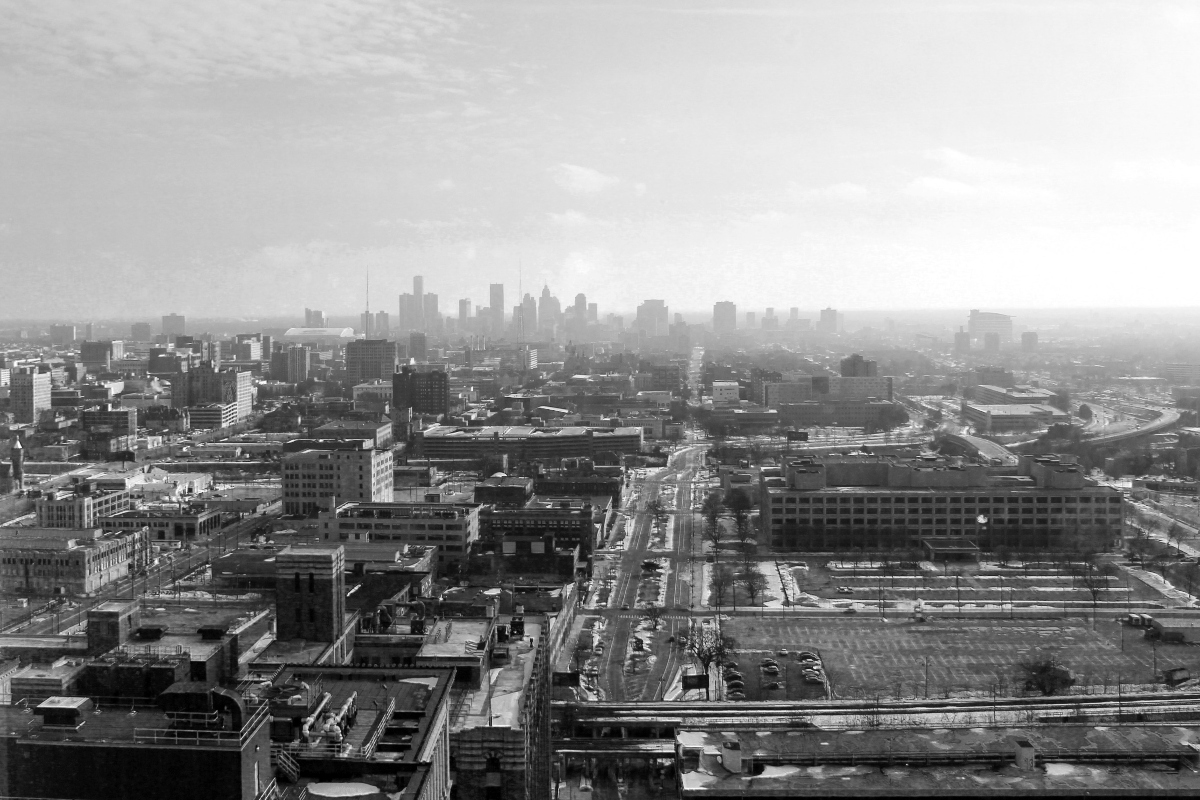In Detroit, where the Motown sound once echoed through the streets, there is a neighborhood that history nearly erased but whose musical legacy refuses to fade away. Black Bottom, Detroit’s lost neighborhood, is where rhythm and blues fueled the lives of its residents.
Back then, Black Bottom was a bustling neighborhood on the city’s east side. It earned its name due to the dark, fertile soil that made it an ideal place for farming. In the early 20th century, Black Bottom transformed from fields of crops into a prosperous urban community. It was populated mainly by African Americans who migrated north for better opportunities during the Great Migration.
Small Businesses Flourished
The neighborhood grew into an exciting epicenter of culture, business, and creativity. It was a place where small businesses thrived, and the entrepreneurial spirit of its residents could be seen on every street corner. Black Bottom boasted lively jazz clubs and soulful gospel choirs. There were also many rhythm and blues joints that pumped out electrifying tunes into the wee hours of the morning.
One can’t talk about Black Bottom without mentioning the Paradise Valley district within it. Paradise Valley was the epicenter of Detroit’s Black entertainment scene. Jazz legends like Duke Ellington, Count Basie, and Billie Holiday graced its stages, leaving behind a trail of timeless melodies that still resonate. But as the story often goes with many vibrant urban neighborhoods, progress came at a cost.
In the 1950s and ’60s, urban renewal projects swept across the nation, including Detroit, tearing through communities. Black Bottom fell victim to these projects, as homes, businesses, and cultural institutions were razed to make way for the Chrysler Freeway and the Lafayette Park housing development.
Black Bottom’s Music Impact
The heartbreak of Black Bottom’s displacement reverberated throughout the community, but its musical spirit refused to die. Instead, it migrated like the resilient people who once called this place home. Some of the musical legends who had their roots in Black Bottom include Aretha Franklin and John Lee Hooker.

These artists carried the essence of Black Bottom in their voices and guitar strings, ensuring its legacy lived on in the notes they sang and played. Today, as you walk the streets of modern Detroit, it’s easy to overlook the profound history of Black Bottom. The neighborhood is buried beneath concrete and glass, its vibrant past hidden in plain sight. But there are still trails and stories of its musical legacy.
Follow the Trail of Black Bottom
Start with the Motown Museum, a shrine to the city’s musical heritage. Inside the modest house where Motown Records was born, you’ll hear the echoes of Berry Gordy’s vision and the harmonies of The Supremes and The Temptations. It’s here that the Motown Sound, with its soul-stirring melodies and dance-inducing beats, took flight and changed the course of music history.
Next, go to Bert’s Marketplace, a jazz and blues club that has been serving soulful tunes and hearty soul food since 1987. The spirit of Black Bottom lives on here in the music, the food, and the welcoming atmosphere. On any given night, you might find local musicians channeling the energy of Detroit’s lost neighborhood, paying homage to the legends who paved the way.
For a taste of the gospel music that once echoed through Black Bottom’s churches, visit the historic Greater Bethlehem Temple. The church’s powerful choir and uplifting sermons will transport you back in time, connecting you with the community’s spiritual roots.
As you explore the city, you’ll also come across street art and murals that tribute Black Bottom’s musical heritage. These colorful works of art remind us that while the physical neighborhood may be gone, its spirit lives on in the creative expressions of Detroit’s artists.
